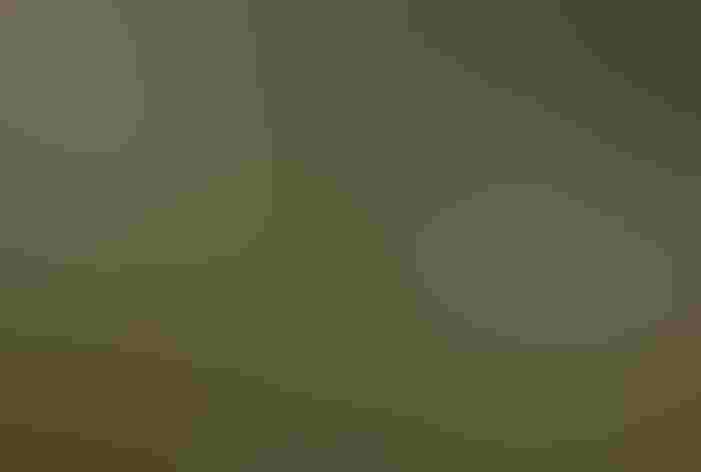Nashville Warbler
At a Glance
Pioneer birdman Alexander Wilson encountered this bird first near Nashville, Tennessee, and it has been called Nashville Warbler ever since -- even though Wilson's birds were just passing through in migration, and the species does not nest anywhere near Tennessee. This small warbler is fairly common in both the east and the west, often seen foraging in thickets and young trees, flicking its short tail frequently as it seeks insects among the foliage.
All bird guide text and rangemaps adapted from by Kenn Kaufman© 1996, used by permission of Houghton Mifflin Harcourt Publishing Company. All rights reserved.
Category
Perching Birds, Wood Warblers
IUCN Status
Least Concern
Habitat
Forests and Woodlands, Freshwater Wetlands, Shrublands, Savannas, and Thickets
Region
California, Eastern Canada, Florida, Great Lakes, Mid Atlantic, New England, Northwest, Plains, Rocky Mountains, Southeast, Southwest, Texas, Western Canada
Behavior
Direct Flight, Flitter, Rapid Wingbeats
Population
40.000.000
Range & Identification
Migration & Range Maps
Birds from both eastern and western breeding populations winter mainly in Mexico. Unlike many warblers, does not migrate north across Gulf of Mexico in spring; instead, travels around Gulf, then spreads northeastward to easternmost breeding areas.
Description
4-5" (10-13 cm). Gray head contrasts with yellow throat, olive back, white eye-ring. Connecticut and MacGillivray's Warblers also have eye-rings and gray heads, but usually lack yellow on throat, and they are large sluggish warblers of dense thickets.
Size
About the size of a Sparrow
Color
Gray, Green, White, Yellow
Wing Shape
Rounded
Tail Shape
Notched, Square-tipped
Songs and Calls
A loud, ringing teebit-teebit-teebit, chipper-chipper-chipper-chipper; usually has 2 distinct segments.
Call Pattern
Flat, Undulating
Call Type
Chirp/Chip, Hi, Trill, Whistle
Habitat
Cool, open mixed woods with undergrowth; forest edges, bogs. Breeds in deciduous, coniferous, and streamside woodlands, also bogs and thickets. Favors cedar and spruce bogs in northern part of range, abandoned fields and mountain pastures with saplings and young trees in eastern United States. In the west, breeds in thickets of manzanita and other shrubs near belts of pine and fir.
Sign up for ³Ô¹ÏºÚÁÏ's newsletter to learn more about birds like the Nashville Warbler
Behavior
Eggs
Usually 4-5. White, with reddish brown spots concentrated at larger end. Incubation is by both parents (but female does more), 11-12 days. Female is fed on nest by male during incubation.
Young
Nestlings are fed by both parents, but mostly by the female. Young leave the nest about 11 days after hatching.
Feeding Behavior
Forages mainly in the lower parts of trees in open woodlands and in low thickets at forest edges. Takes insects from the ground, and takes them from foliage while perching or hovering.
Diet
Insects. Adults eat beetles, caterpillars, grasshoppers, leafhoppers, aphids, and other insects, including the eggs and larvae of various types. Nestlings are fed caterpillars, small beetles, flies, and other insects.
Nesting
Breeding behavior is not well known. On breeding territory, males sing from perches and also sometimes during slow, hovering display flight. Nest: Well-hidden, on the ground in a depression made in club mosses, grass, and ferns, usually under scrubby bushes or saplings. Open cup nest is made of coarse grass, ferns, and strips of bark, rimmed with moss; lined with fine grass, animal hair, or pine needles. Female builds the nest.
Conservation
Conservation Status
Overall populations seem to be stable. Apparently nests are only seldom parasitized by cowbirds.
Climate Threats Facing the Nashville Warbler
Choose a temperature scenario below to see which threats will affect this species as warming increases. The same climate change-driven threats that put birds at risk will affect other wildlife and people, too.







